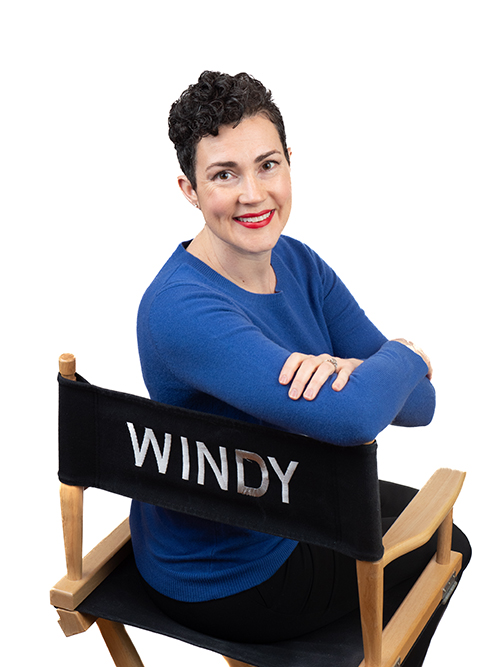Being a Producer/Director sometimes means wearing many hats, but in the R&D phase, a more accurate description would be that different parts of my brain are firing simultaneously.
While the Director side of my brain is busy putting the creative elements together (such as the characters, story, locations, costumes, etc.), the Producer side of my brain is focusing on the business elements (the building blocks for the creative elements to succeed).
As I continue to pull back the curtain on the producing process, I thought it could be helpful to share my 5 Key Elements for a New Project, which I will explain below:
- Attorney
- Accountant
- Company Structure
- Team
- Budget
Attorney
Finding someone who understands entertainment law—specifically how films or creative projects are created, funded, and distributed—is critical. It may be nice to hire the family lawyer you’ve worked with before, but you want someone familiar with entertainment law to draft your work-for-hire agreements and distribution deals.
If you do not know any entertainment lawyers ask around for referrals. Meet with several before you decide on one and send them a retainer.
Once you’ve selected an attorney, you will need to start a relationship with them early, possibly even before you film anything. This will help you ensure that you legally own everything you are creating and that the first money raised goes where it needs to go, which leads to the next point.
Accountant
Finding someone who is familiar with company structures and fundraising for creative projects is also critical. Not only can they advise you on bookkeeping, so equity partners, donors, and sponsors get the correct documents at tax season; but they can also advise you on the Company Structure depending on how you plan to raise your budget (i.e. grants, donations, equity investments, sponsorships, or a combination).
Company Structure
When it comes to the Company Structure, you have several options. In general, if you plan to raise most of your funds through investments, you’ll want to research corporate structures (such as LLCs, LLPs, S-Corps, C-Corps, and possibly B-Corps). Conversely, if you plan to raise most of your funds through donations or grants, you’ll want to research whether starting a non-profit (501c3) is best.
If you envision a hybrid fundraising model (i.e. accepting investments and donations), you can research whether creating a corporation and then securing a fiscal sponsor is best.
A fiscal sponsor is a 501c3 organization that agrees to accept donations or grants on your behalf in exchange for an administration fee and some annual reporting.
My tip: Explain the creative project and fundraising plan to both your Attorney and your Accountant. When they agree on the Company Structure, go with that.
Team
If you’ve produced creative projects before, you likely have a network of people to recruit for your new project. I suggest reviewing your “go-to” people for where you lack diversity. Addressing inclusion and equity at the beginning of a project allows you to build inclusivity, equity, and belonging into the foundation of the project, so diversity does not feel like tokenization or an afterthought.
If you do not have a “go-to” team, or you want to diversify your network, start networking. Look at the creative teams on other projects you admire or have a similar look and feel to what you want to create. Attend festivals and industry networking events. Ask for referrals.
When you’re ready to add someone to your project, I suggest starting small. For example, before you offer someone a producing credit on the full project, see how it goes when they field produce a single shoot for you. Or hire someone to edit a fundraising trailer before you sign them to edit the feature-length film. Get to know them creatively first, and when you think it is a fit, get them to sign a work-for-hire agreement.
In other words:
Date before you get married; and when you’re ready to wed, sign a pre-nup.
This is good life advice, and business advice.
Budget
A budget is really a fundraising goal. At the beginning, it is your wish list for how much you would like to have to tell the story the way you would like to tell it. It should include line items for attorney fees, accounting fees, business registration fees, and your creative teams. It also outlines how much you can spend on creative decisions, such as casting, locations, travel, special effects, music (compositions or licensing), marketing (including festival submissions and travel), and distribution fees.
As the project progresses, you may need to adjust your budget to fit what you can actually raise; however, you need solid numbers at the beginning, so you have a reasonable ballpark.
If you do not know how to write a budget for your project, reach out to your network. Oftentimes you can hire a producer to draft a budget for you. This is a good way to test your working relationship or, to stay with the metaphor, “date before you get married”. It can also help newer producers to articulate what you need to have and what is nice to have.
– – – – –
I hope this insight helps as you put together your projects. If you have any questions about your project, use the Contact page to book a consultation.
Want to stay in touch? Sign up for my newsletter so you never miss an update!


